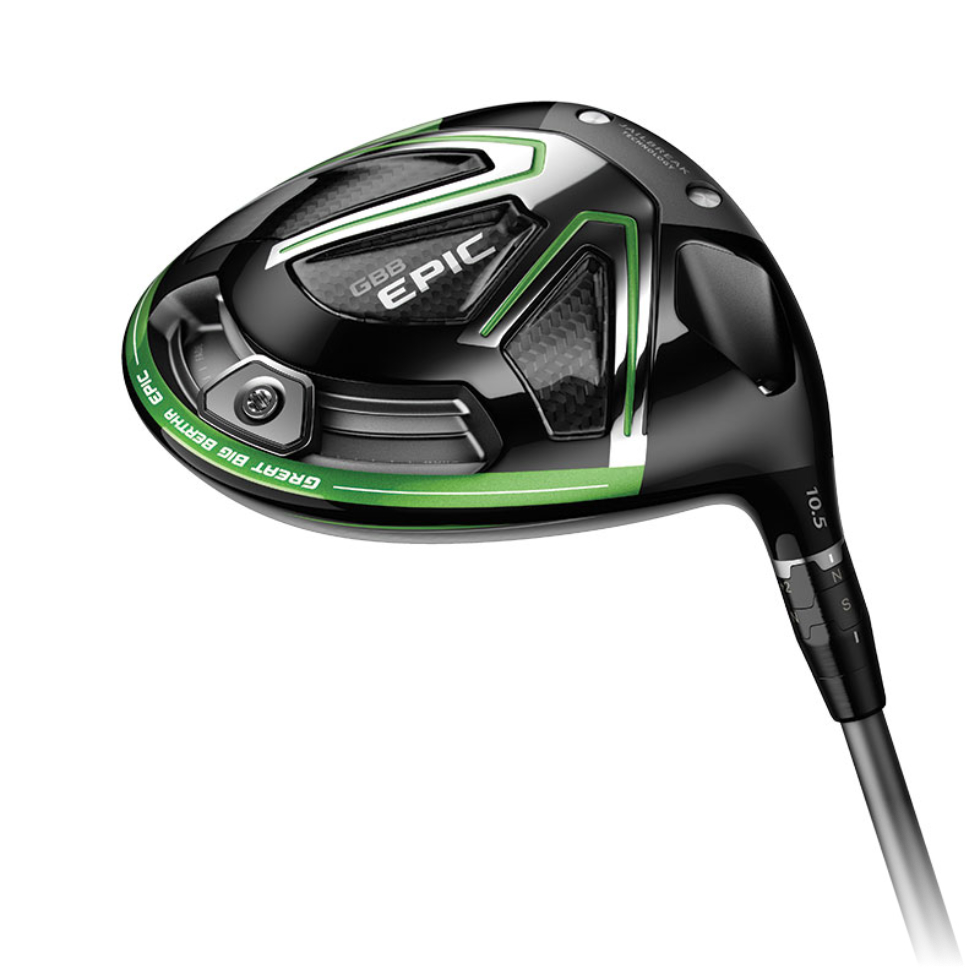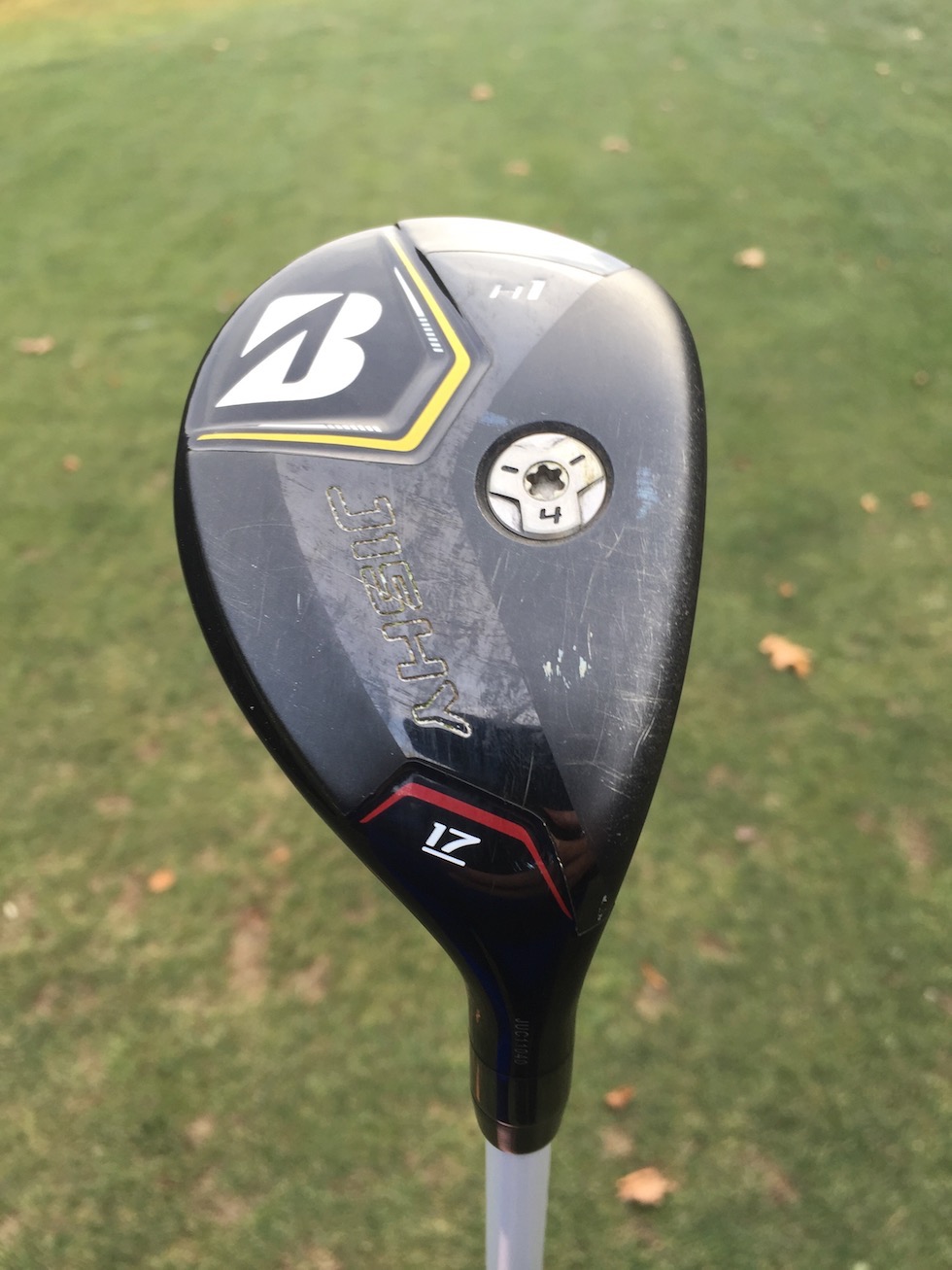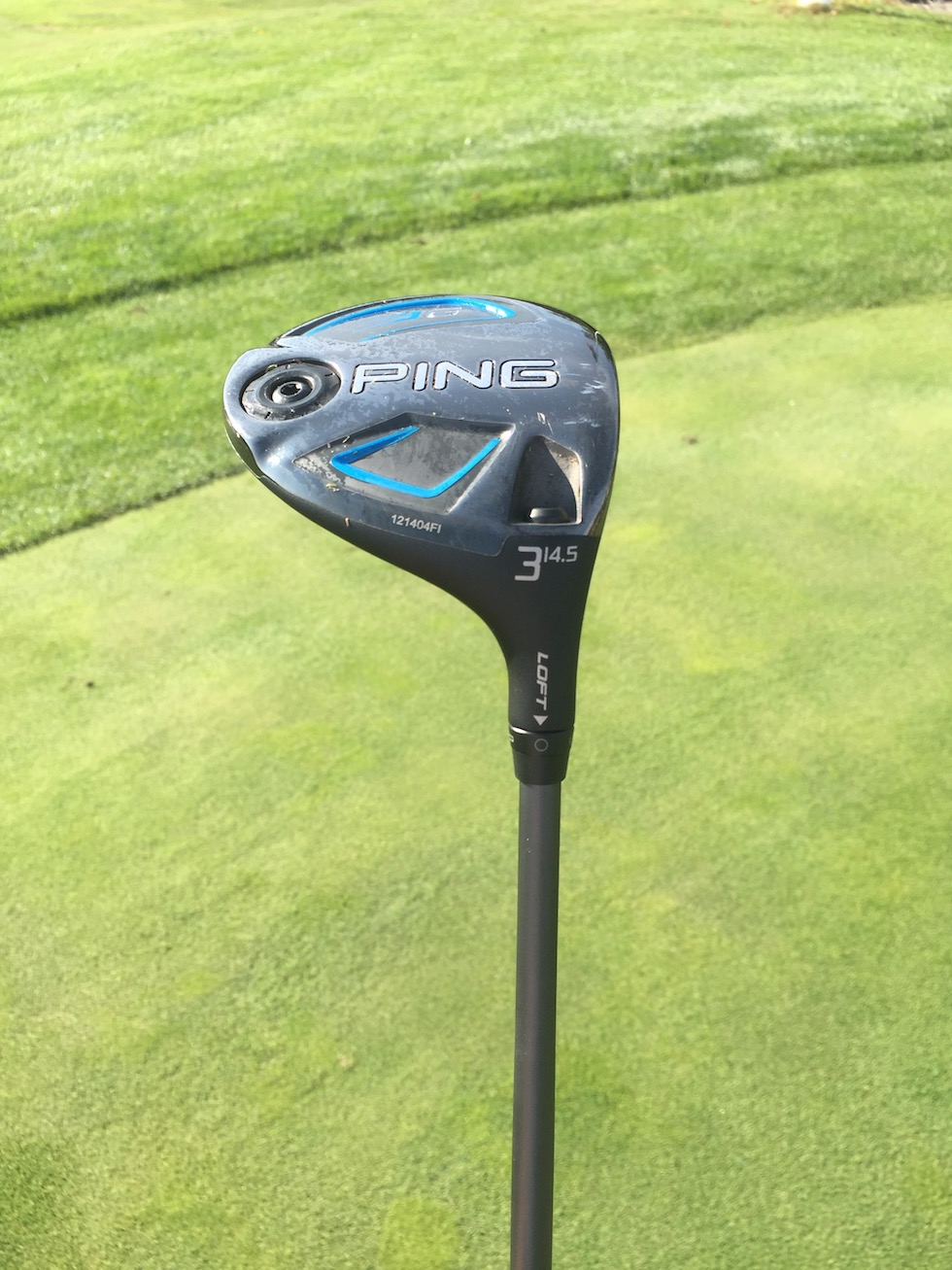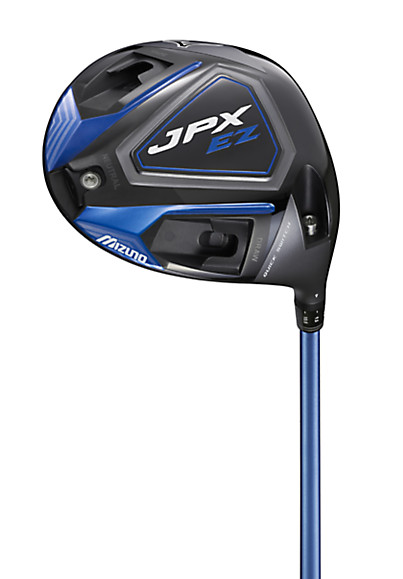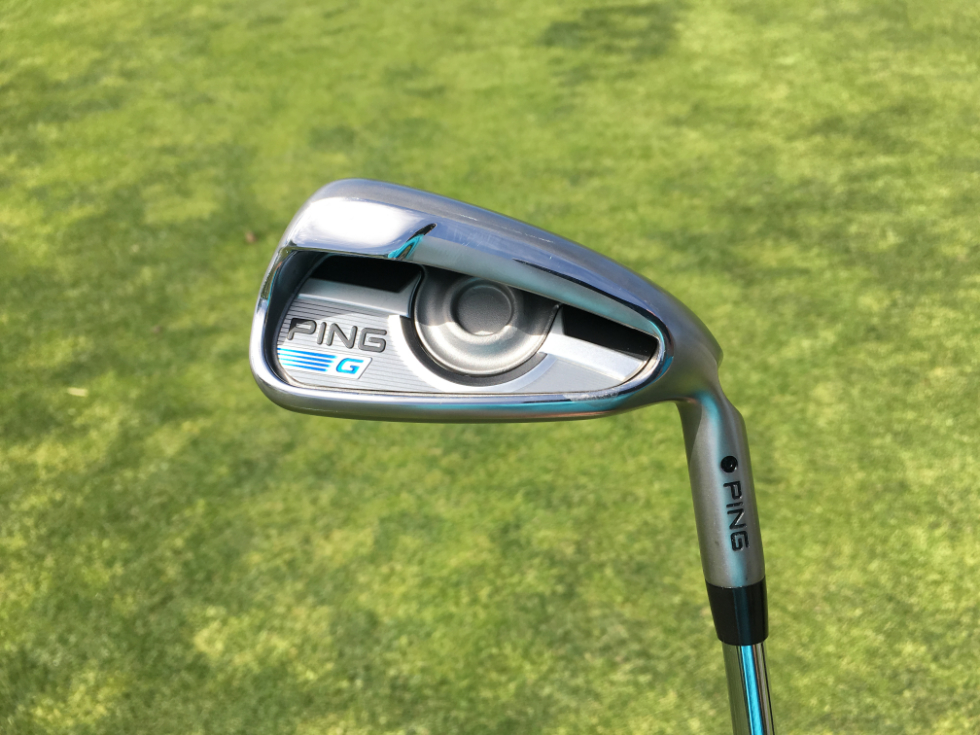 When I first started playing golf, I was given a set of clubs (with bag) by the person who introduced me to the game. He found it at a garage sale and bought it for me so that I would have my own clubs to play and practice with. It was a set of irons, 4-PW, with a random SW and an old blade-style putter that rattled when I shook it. It was enough to get me going in golf, but I knew at some point that I would need a driver.
When I first started playing golf, I was given a set of clubs (with bag) by the person who introduced me to the game. He found it at a garage sale and bought it for me so that I would have my own clubs to play and practice with. It was a set of irons, 4-PW, with a random SW and an old blade-style putter that rattled when I shook it. It was enough to get me going in golf, but I knew at some point that I would need a driver.
Fortunately I had some pretty good friends, as another friend of mine eventually found out I picked up the game and gave me his old PING G2 driver. I loved hitting that club. Granted I was still a very poor golfer, but it made a world of difference just to have a driver that happened to be easy to hit. I even drove my first par 4 with it (honestly I haven’t driven many since).
It’s been almost ten years since that first driver but I finally have another PING driver, the G400. I’ve gotten a little better over the years but still maintain a love/hate relationship with my driver. Will the PING G400 revolutionize my game like the G2 so many years ago? Read on and see.


